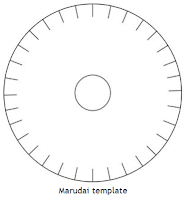Where to Find Size 18 Rattail in the Same Dye Lot for Large Kumihimo Projects?

To reliably find size 18 rattail silk in the same dye lot for large Kumihimo projects, you must purchase the entire required quantity in a single batch from a supplier that inventories by lot number. Specialized fiber arts retailers and dedicated online stores, rather than large craft chains, are your best bet, as they often understand the needs of serious braiders and can facilitate bulk orders. The key implication is that planning and purchasing all your material upfront is non-negotiable, as matching a dye lot later is virtually impossible due to natural variations in the dyeing process. Key Takeaways Purchasing your entire project's required skeins in one order from a single supplier is the only reliable method to guarantee a consistent dye lot. Specialized niche retailers and online stores catering to silk ribbon and fine braiding supplies are more likely to stock by and sell from identifiable dye lots than general craft stores. Proactive communication with the supplier befor...




Comments
Post a Comment